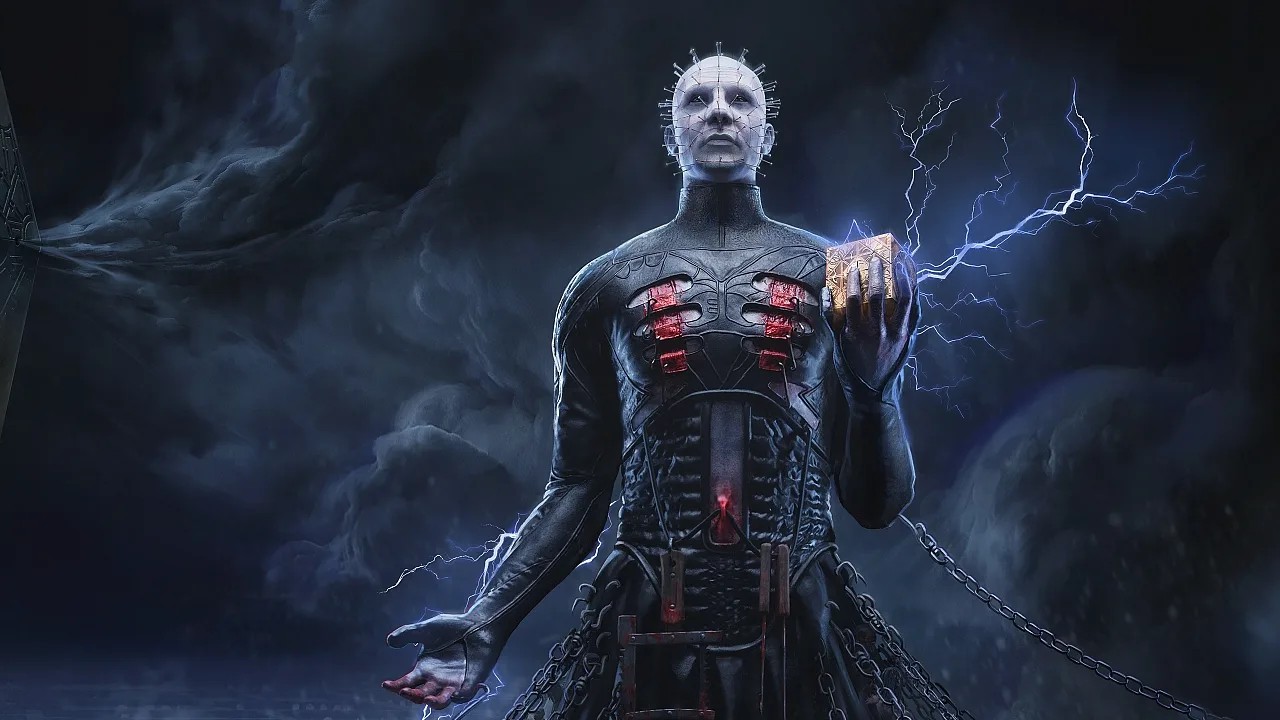Ever wondered how to make a game even more unsettling? Well, Clive Barker’s Hellraiser: Revival is here to show us, apparently. The latest gameplay reveal is, uh, not for the faint-hearted. It takes the classic horror movie universe and gives it a twist that’s just... gross.
Honestly, I don’t know if I’m excited or just kind of numb to it all. Just another day in gaming, I guess. If you’re into horror and chaos, this might be your thing. If not, well, maybe just stick to something less... grizzly?
Check it out here: https://www.actugaming.net/le-jeu-clive-barkers-hellraiser-revival-devoile-un-peu-de-gameplay-dans-une-nouvelle-video-particulierement-degoutante-770632/
#GamingNews #Hellraiser #HorrorGames #CliveBarker #GameReveal
Honestly, I don’t know if I’m excited or just kind of numb to it all. Just another day in gaming, I guess. If you’re into horror and chaos, this might be your thing. If not, well, maybe just stick to something less... grizzly?
Check it out here: https://www.actugaming.net/le-jeu-clive-barkers-hellraiser-revival-devoile-un-peu-de-gameplay-dans-une-nouvelle-video-particulierement-degoutante-770632/
#GamingNews #Hellraiser #HorrorGames #CliveBarker #GameReveal
Ever wondered how to make a game even more unsettling? Well, Clive Barker’s Hellraiser: Revival is here to show us, apparently. The latest gameplay reveal is, uh, not for the faint-hearted. It takes the classic horror movie universe and gives it a twist that’s just... gross.
Honestly, I don’t know if I’m excited or just kind of numb to it all. Just another day in gaming, I guess. If you’re into horror and chaos, this might be your thing. If not, well, maybe just stick to something less... grizzly?
Check it out here: https://www.actugaming.net/le-jeu-clive-barkers-hellraiser-revival-devoile-un-peu-de-gameplay-dans-une-nouvelle-video-particulierement-degoutante-770632/
#GamingNews #Hellraiser #HorrorGames #CliveBarker #GameReveal
0 Σχόλια
·0 Μοιράστηκε













